T-shirt printing has gone from being a niche practice to a mainstream method of self-expression and advertising. It’s a fantastic method for making one-of-a-kind t-shirts, sweatshirts, and other garments. It’s crucial to know the pros and cons of the various shirt printing technologies available.
The cost, print quality, and amount of colors available with each technique for printing t-shirts are just a few examples of how differently they compare. This article will discuss the many different approaches to shirt printing types so that you may choose the one that is best suited to your demands.
Different Types Of T-Shirt Printing Methods
As a first-time vendor, it can be difficult to choose which different types of t shirt printing methods is appropriate for your product concept. Here, however, is a detailed breakdown of the most often used techniques for printing t-shirts nowadays. Your products will stand out from the crowd with the help of your innovative design and the knowledge you gain from examining this list and deciding which technique is best for your idea Types Of Shirt Printing.
-
Screen Printing
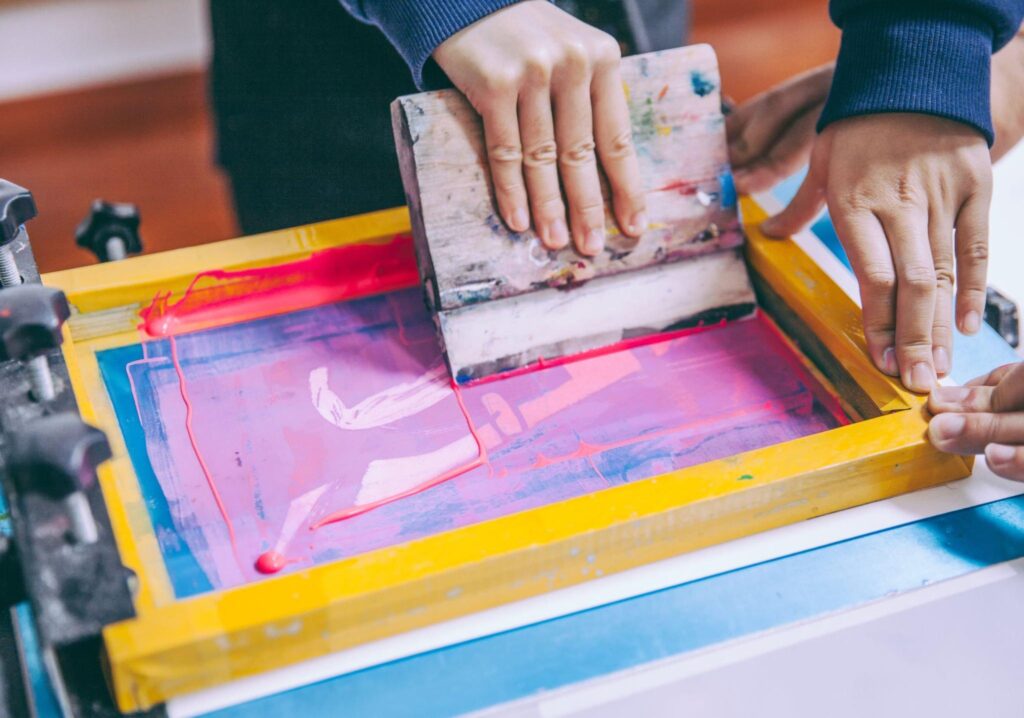

The finished piece is good enough for a museum and will last for a long time. Screen printing can save a lot of money if it is done right.
This is how the process of screen printing works: A screen made of mesh, which is a finely woven fabric, is stretched over a wooden or aluminum frame. This mesh screen is put against the fabric so that one color of paint can be added at a time.
The best thing about screen print vs sublimation is how cheap it is to make. But because each color needs its own screen, a design with a lot of colors can be expensive. To save money with screen printing, you have to make a lot of the same clothes. The design shouldn’t have too many different ink colors or places for the ink.
Different Ways To Screen Print
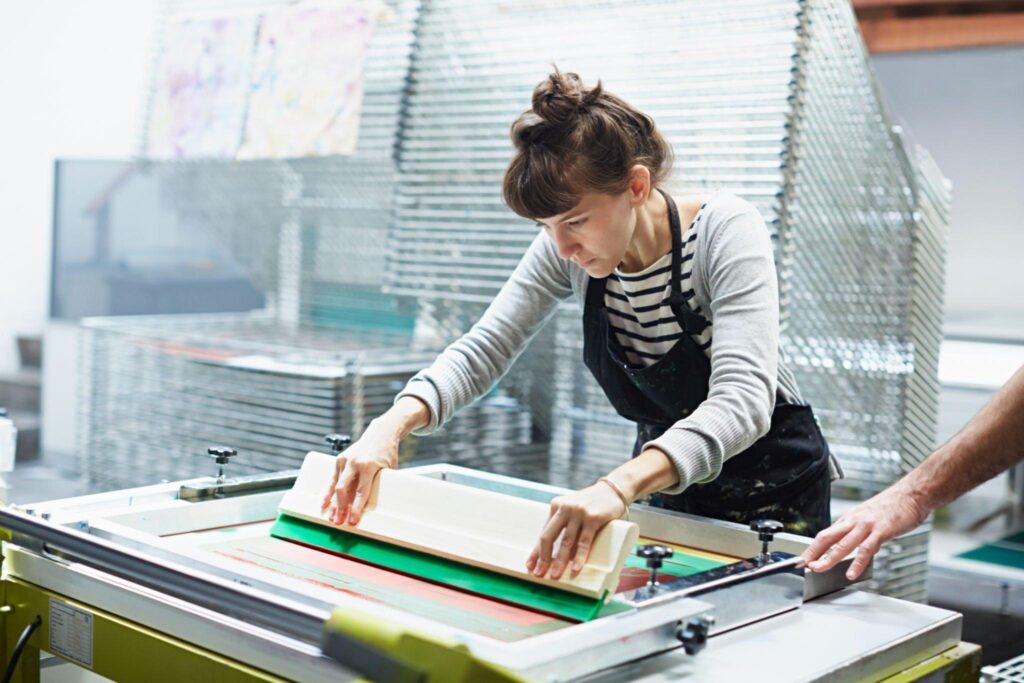

-
Puff Print Technique
Puff printing is a type of screen printing that uses a raised surface. There is something added to the ink that is used for screen printing. Because of this, the paint gets bigger in all three dimensions. With this method, you can make patterns with different colors.
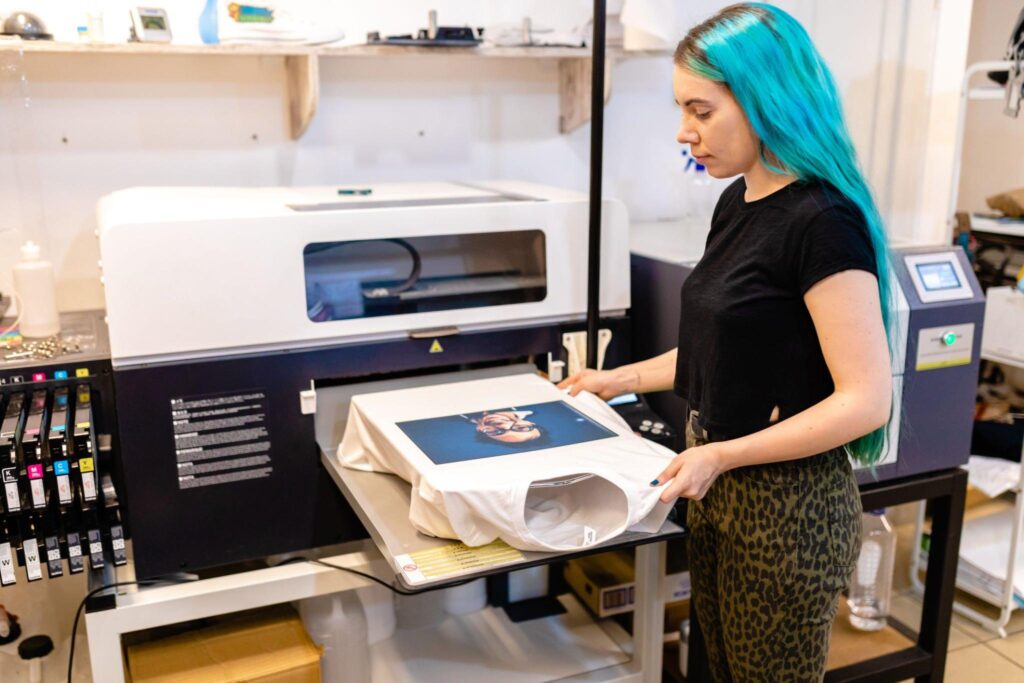

-
Gel Printing
After the screen printing process, a clear gel coat is put on.
-
Crackle Finish
With this version, the dried ink cracks in an attractive way.
-
Luminescent Finish
This type of screen printing uses special ink that gives off light when it’s dark.
-
UV Glow
Under UV light, the ink gives off a glow that looks like neon.
-
Suede Finish
A suede-like texture is added to the picture by adding something to the screen-printing ink.
-
Glitter Finish
In this case, the ink for screen printing was mixed with glitter.
-
Heat Press Printing
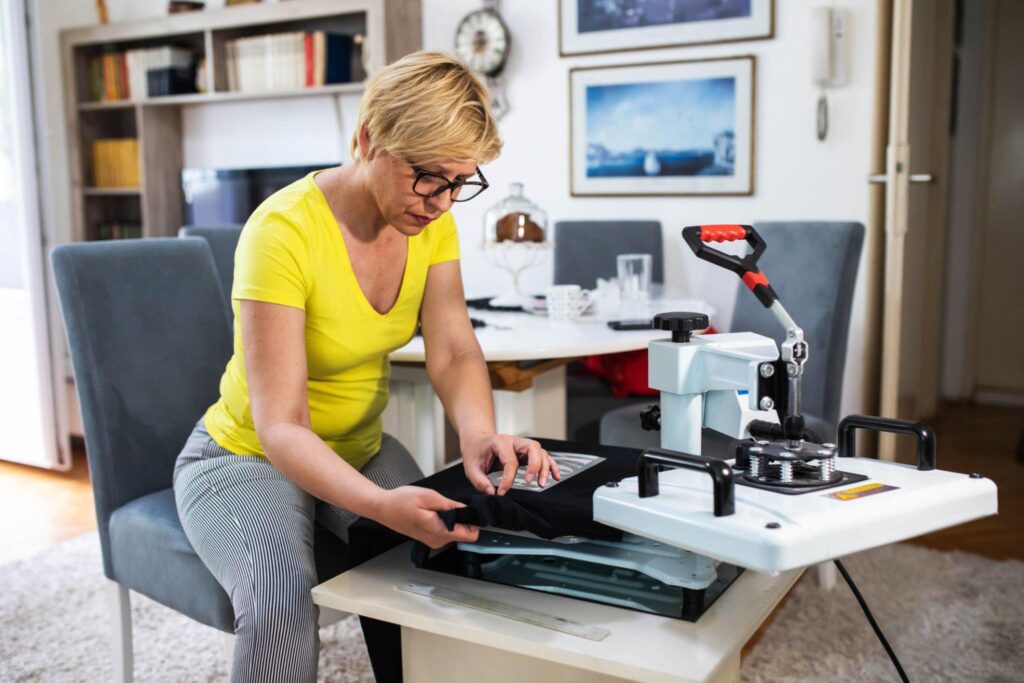

Using heat and pressure, you can get a very clear copy of the design on the paper on the fabric. After the process is done, you can take off the paper and cut off any dye that is left over. It’s a simple and fun way to do it. It’s also not just for putting your art on cups and plates.
-
Vinyl Cutting
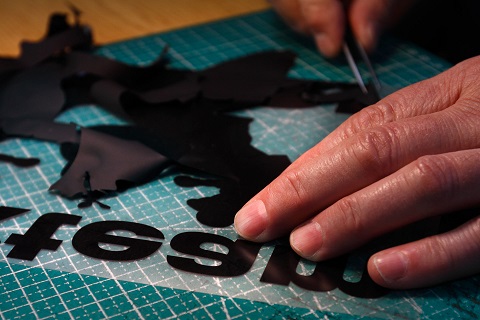

A tool called xTool M1 can be used to cut vinyl. It’s a device that can cut, engrave, or do both. It has a laser and a blade. Because it is enclosed, the laser and blade can’t hurt you. This makes it safe and easy to use at home. It works well and can be changed, so you can make one-of-a-kind gifts for any occasion.
-
DTF (Direct-To-Film Printing) Technique


DTF types of printing on shirts is faster and cheaper than DTG printing because it requires less ink and less work. Printing many designs on a single film cuts down on waste and makes the most of the time spent working. For DTF printing, you need more materials, such as film, powder, and a heat press machine. For high-quality prints that last, T-shirts also need to be treated before and after they are printed. DTF printing works with many different kinds of materials.
-
Iron-On Inkjet/laser Transfer


The desired pattern is printed on heat transfer paper with an inkjet or laser printer (made of special transferable vinyl). This is what is rubbed onto the shirt to keep the design from coming off. With these types of printing on t shirts methods, you’ll get a graphic t-shirt with a beautiful, one-of-a-kind design.
If you want to use this method on dark T-shirts, you’ll need to buy a different kind of iron-on transfer paper made of dark materials. And it doesn’t go the way it usually does.
-
DTG (Direct-To-Garment Printing) Technique


For this kind of printing, you need a DTG machine. Most of the time, this fabric is used to make cotton blend t-shirts.
With a DTG printer, you can print on T-shirts with sharp detail and bright colors.
This best t shirt printing method can use any number of colors, even 100 or more. The user can make their own prints and patterns, which they can personalize by adding their name and/or photos. This way of printing makes colors that are brighter and softer to the touch than screen printing.
-
CAD Cut Vinyl
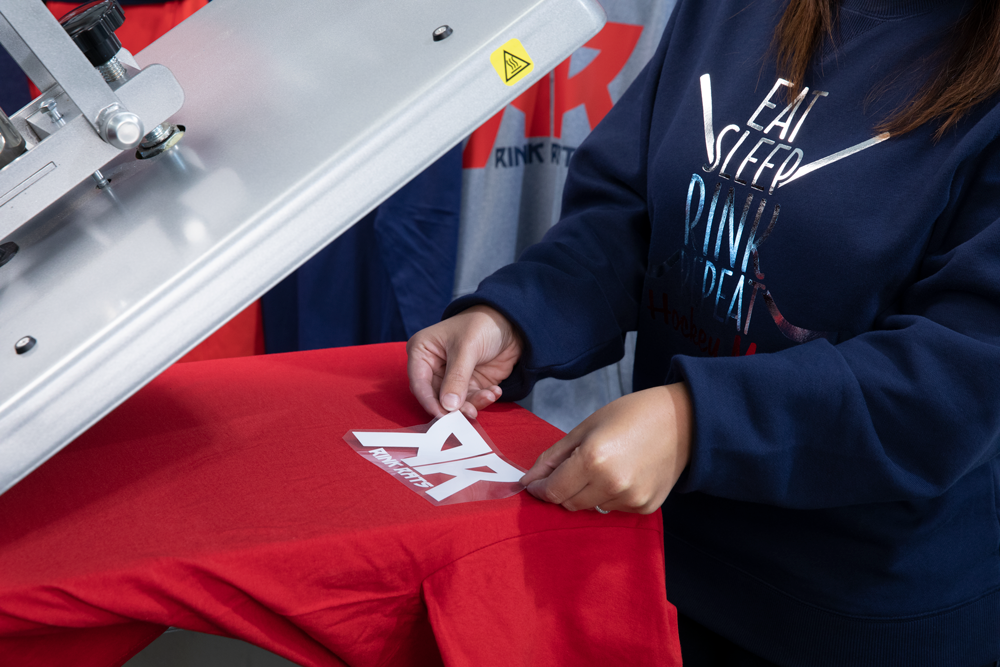

One problem is that cutting out each pattern is a time-consuming process that works well for small batches but not for large orders. A design that is big and bulky might be too heavy or stiff to wear comfortably.
This different type of shirt printing method is both cheap and lasts a long time.
-
Flock Printing
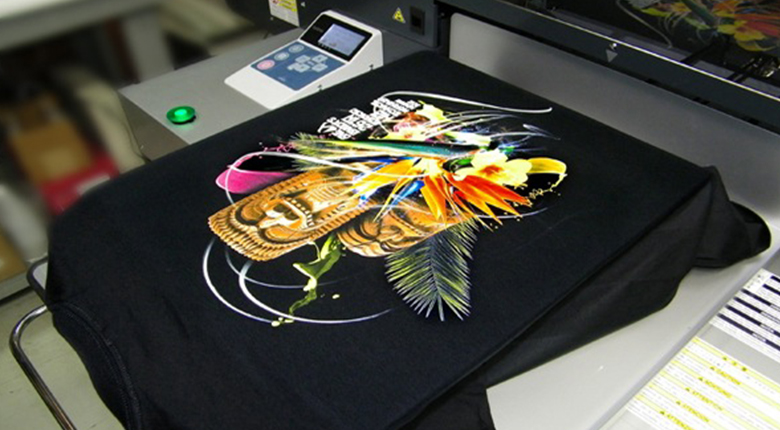

A commercial heat press is used to decorate T-shirts with unique cuts. With flock vinyl cutouts, you can make patterns that look great and feel good to the touch.
-
Plastisol Transfers
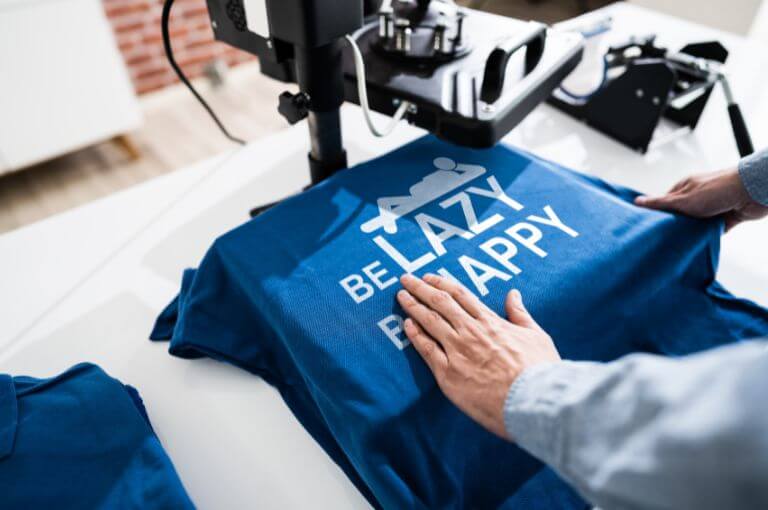

This method is often used in the business world. It involves printing your image with a screen onto high-quality heat transfer paper.
Hot split transfers have a plush matte sheen. Shiny things come out of a cold peel transfer.
This technology is helpful from different types of shirt printing because it makes it possible to print custom orders cheaply and just once. The finished item resembles one that has been screen printed by a reputable business. When compared to traditional screen printing, it also takes less time. In fact, this is what a lot of t-shirt shops do.
-
Dye Sublimation Printing
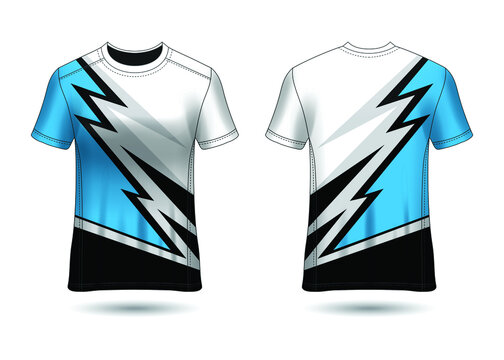

In this way, the dye evaporates and the polyester fibers in the shirt absorb it. Direct-to-garment printing (DTG) gives you a similar look, but 100% polyester tees feel much better to wear. Full-surface patterns are often used for sublimation printing. The good thing is that you can print in very small amounts.
As was already said, full-color designs look best on white or other light-colored t-shirts.
-
Discharge Printing
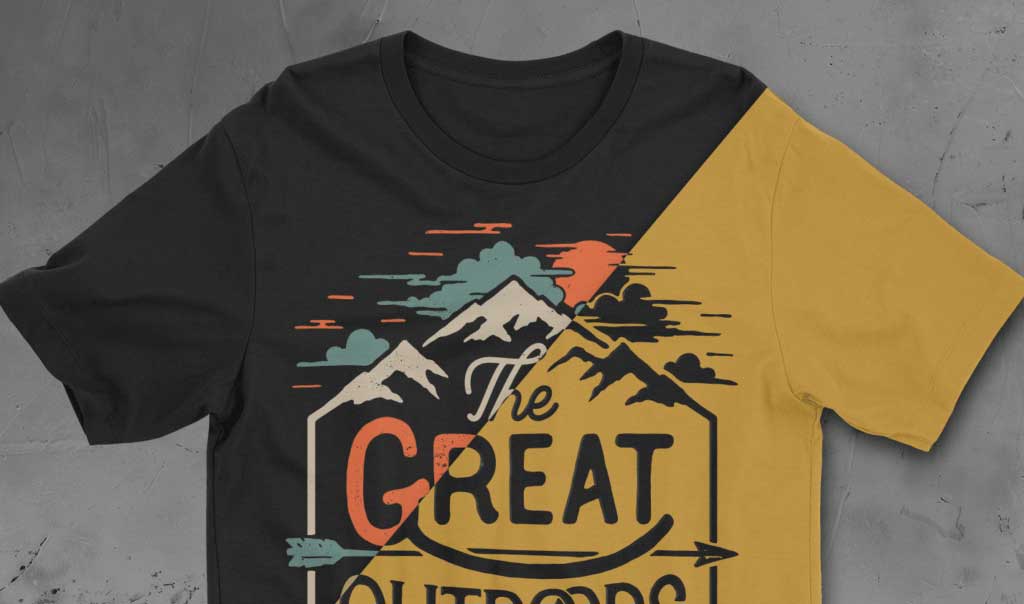

-
Belt Printing
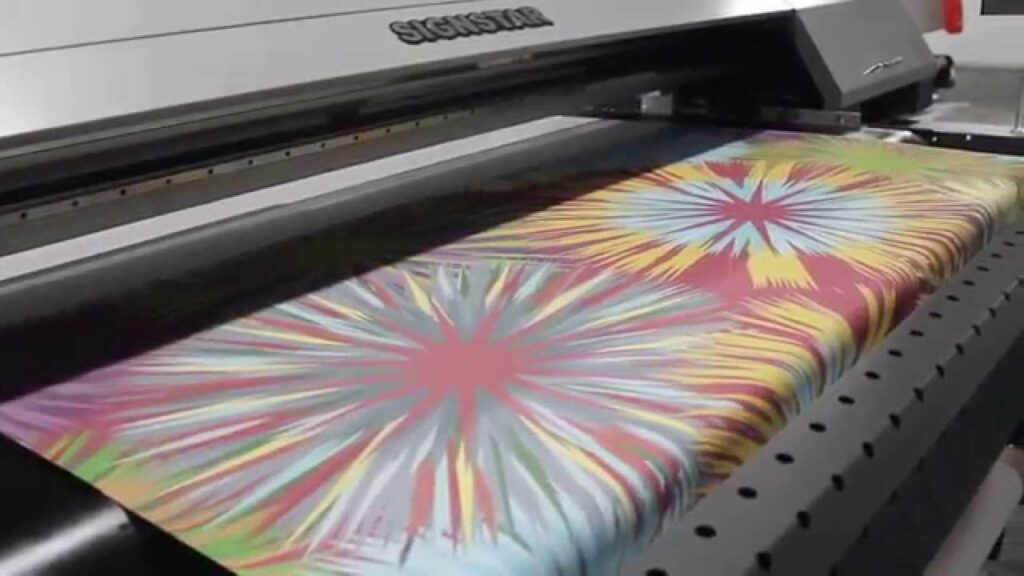

-
Pigment Printing


-
Stencil Printing
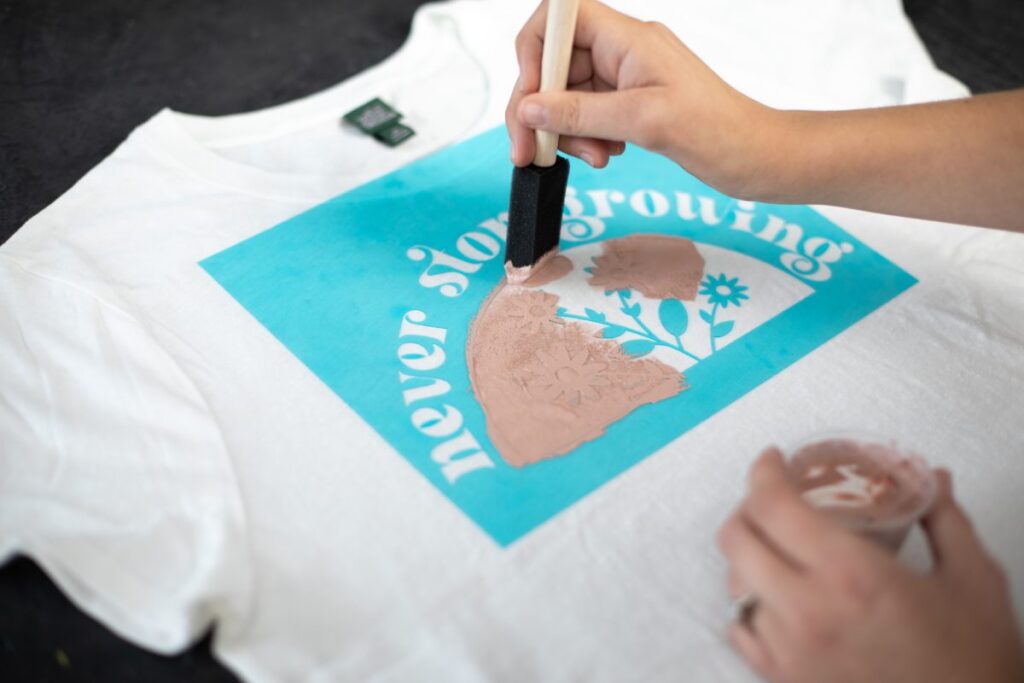

One big problem with stencils is that you can’t use a lot of different designs. In some layouts, it can be hard to connect the different parts of the t-shirt design placement guide.
-
Reactive Printing
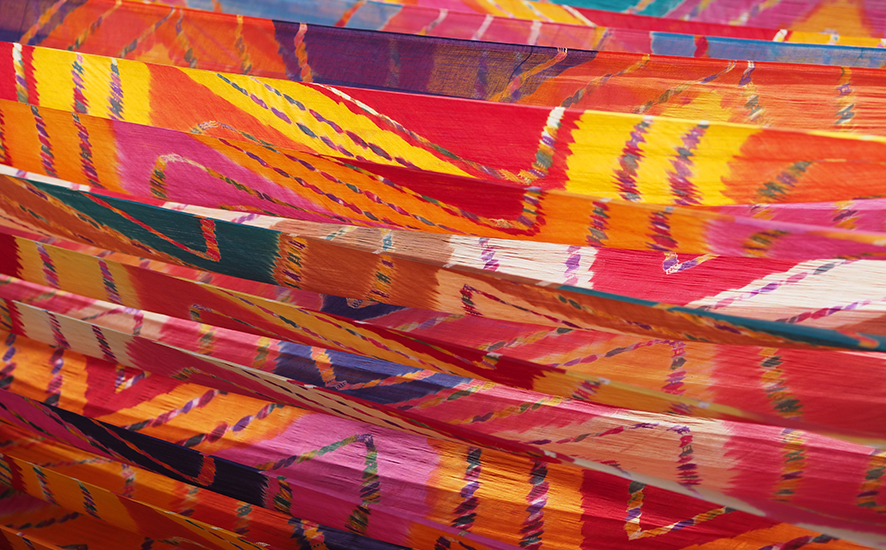

Even though reactive printing takes more work than pigment printing, the colors on the finished product are more vibrant. This makes the colors brighter and more durable, which is great for clothes that will be washed often.
-
Resist Dyeing
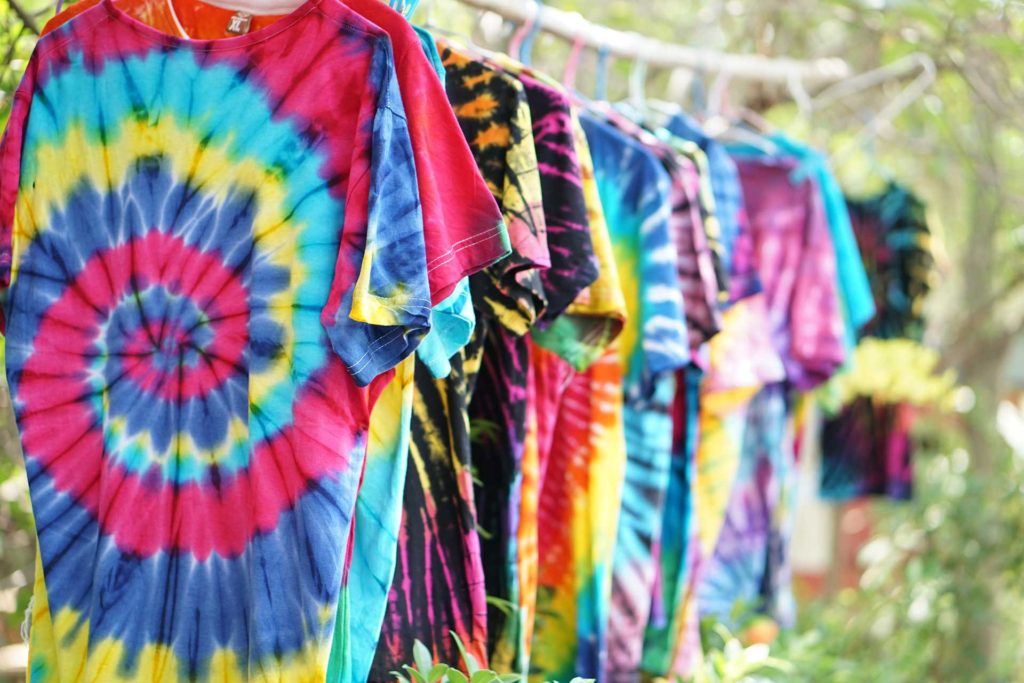

Resist dyeing can also be done with chemicals that react with different dyes. With this chemical method, you can get the ikat and shibori looks. With resist dyeing, you can create vibrant prints that feel and look hand-made and organic.
-
Embroidery


When your t-shirts are embroidered, they feel and look more substantial, like they cost more and will last longer. Embroidery takes a lot of time and skill, so it can be expensive to buy in large quantities. Some people might also find it uncomfortable because the stitches make them itch.
-
Airbrushing


In airbrushing, it’s important to be able to control the spray’s pressure and distance, so it takes a lot of practice to get good at it. It also requires a lot of money to buy things like an airbrush gun, paint, and a stencil. Airbrushing makes it possible to make prints that look like graffiti, but they aren’t always durable or easy to clean.
-
Cut And Sew


What kind Of Printing Works Best On Polyester Tees?
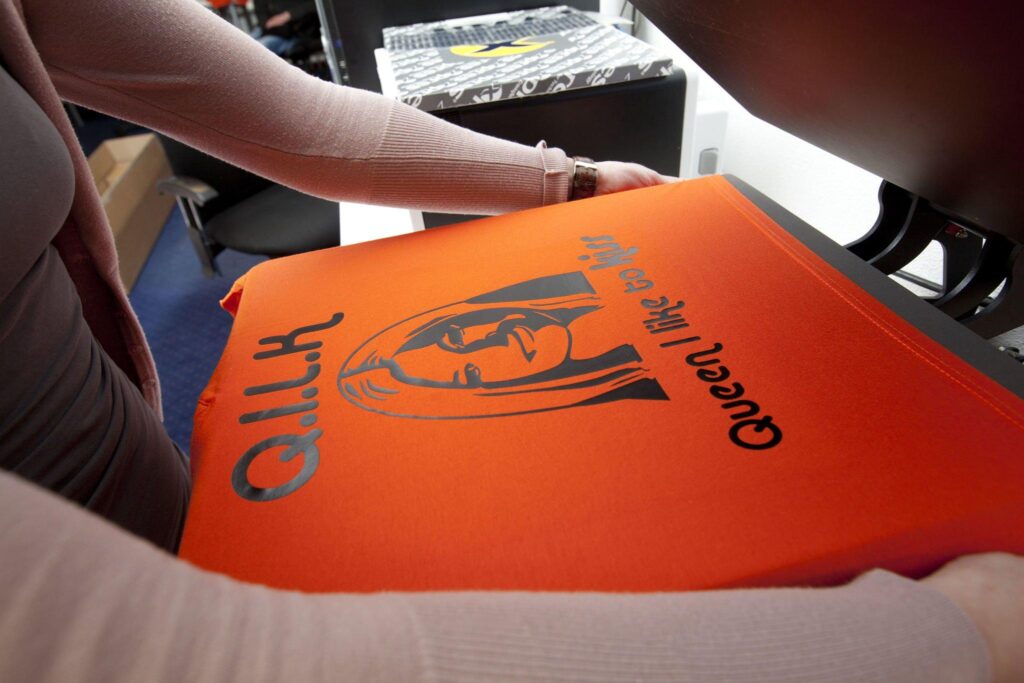

One important fact to remember about polyester is that it melts easily. It’s possible to use a heat press on it, provided you’re careful with the temperature and the timing, but doing so poses far more difficulties than working with the more resilient cotton.
How Can You Determine What Is The Best Way To Print T-Shirts?


Conversely, they may try DTG first for samples before moving on to screen printing. Smaller orders with additional colors, samples, birthday shirts, vacation shirts, and brands that enjoy the aesthetic of DTG printing are perfect candidates for DTG printing.
Screen-printing is a great types of shirt prints for anyone who needs a simple design printed on a lot of shirts without sacrificing quality.
Outsourcing to a professional will provide you with the results you want, no matter what you need to do. They can assist you in determining which of several possible approaches is most likely to produce the desired results.
In conclusion, the evolution of shirt printing has resulted in different types of printing on shirts options; it is important to select the process that will yield the greatest results for your particular endeavor. Although it is the most common approach, screen printing has some restrictions, such as a limited maximum color palette.
To print on garments with greater detail and complexity, direct-to-garment (DTG) printing has replaced screen printing, although at a higher price.
Although it is not as long-lasting as other methods, vinyl cutting is great for simple graphics with one or two colors. Dye sublimation is the best option for printing on polyester and multicolored graphics, but it can be pricey. You can make the best selection for your shirt printing project when considering how to start a t-shirt business if you weigh the benefits of each technique.
- Related : THE STANDARD SETTING T-SHIRT MANUFACTURING COMPANY
- Related : DTG vs. Screen Printing: What Everyone Needs To Know
- Related : What is Screen Printing? A step-by-step guide




